This article is more than 5 years old.
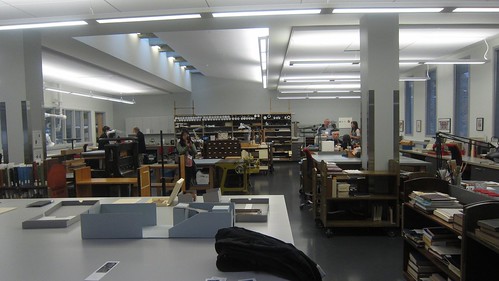
In October, 2017, I toured the Conservation Lab at the University of Washington, Seattle. During this tour, I saw how they used a sewing machine to encapsulate documents and photographs. (I wrote about my tour of the lab in my post about the Guild of Book Workers Seminar in October, 2017)). I asked a number of questions about the machine, the thread they used, and whether they used a special needle. The thread they used was a polyester thread and the needles were regular sewing machine needles.
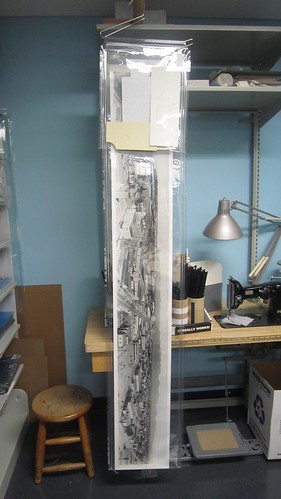
I also saw their technique for encapsulating large panoramic photographs. The UW Conservation Lab makes a large envelope from mylar, which they sew together with acrylic rods on the sides to ensure stability. These large envelopes have a flap that fits over a clothes hangar and allows them to store these photographs in a small space-just like hanging clothes in a closet. This method is ideal because it uses inert, acid-free materials and uses no tape. It also is easily reversible.
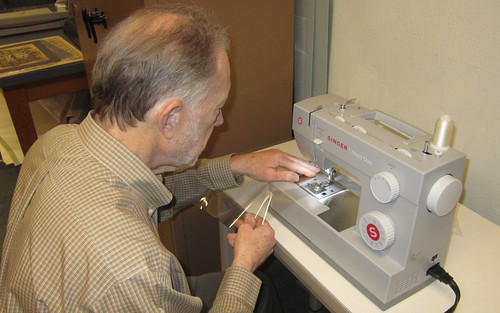
I believed this would be a great addition to the ZSR Preservation Lab and last month, we bought a Singer Heavy Duty sewing machine to use for our encapsulations. This allows us a lot of flexibility in the encapsulation of large or fragile items in our collections.
Sheets of polyester (mylar) are cut to the size needed and sewn together. We often sew only 2 sides together to make removal of the item possible, and this enclosure is known as an L-envelope.
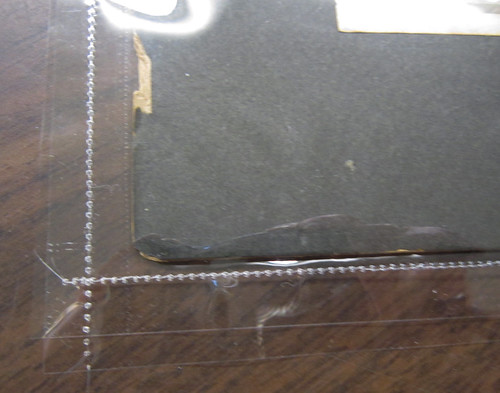
Prior to have a sewing machine, sheets of polyester were held together with double-stick tape. This method is common, but because it uses tape that could potentially fail or stick to an item, it is not ideal. Sewing sheets of polyester together gives us a technique that is stable, uses no tape and is reversible.
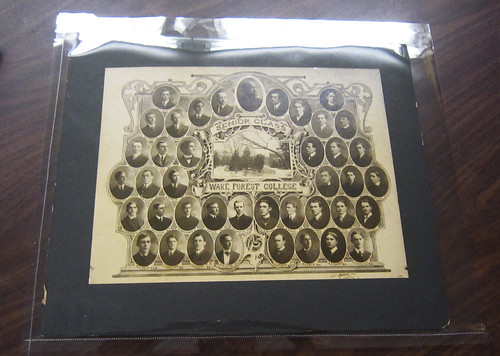

10 Comments on ‘Creating Archival Enclosures with a Sewing Machine’
Bravo! Wonderful! A vision!
This is so cool, Craig!
Very cool solution!
This is brilliant! I need to see this preservation sewing machine in action. Thanks for sharing, Craig.
Nice!
Thanks, Craig, for always being on the lookout for new ideas for the better care of SCA materials!
Nice, very nice!
Enclosures without tape – so exciting!!!! Thanks for bringing this to ZSR, Craig.
Too cool, Craig.
I’m happy that your learning from a visit to UW resulted in a tangible improvement here at home!